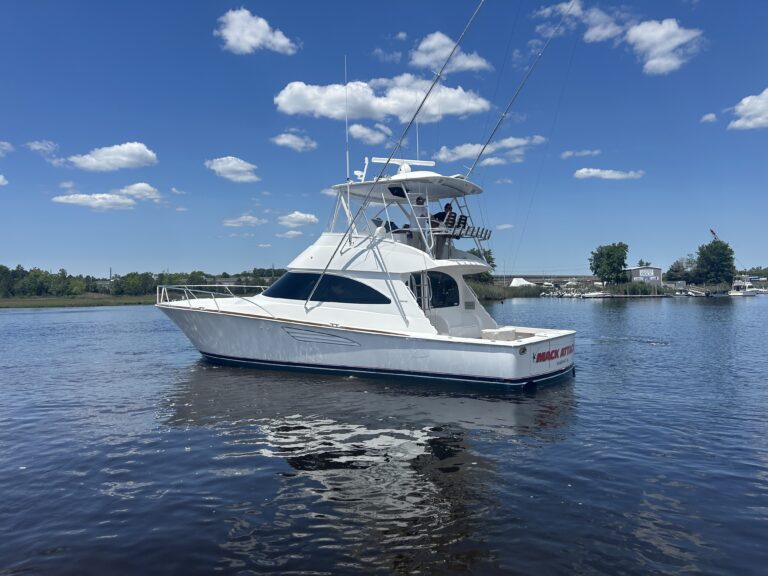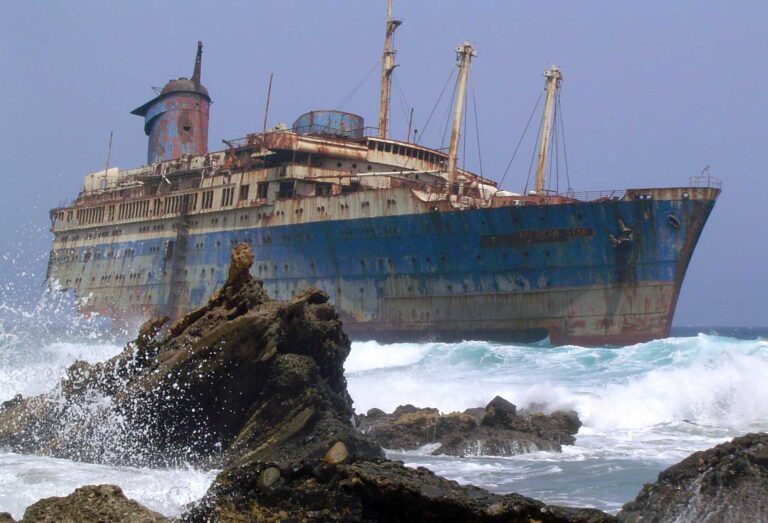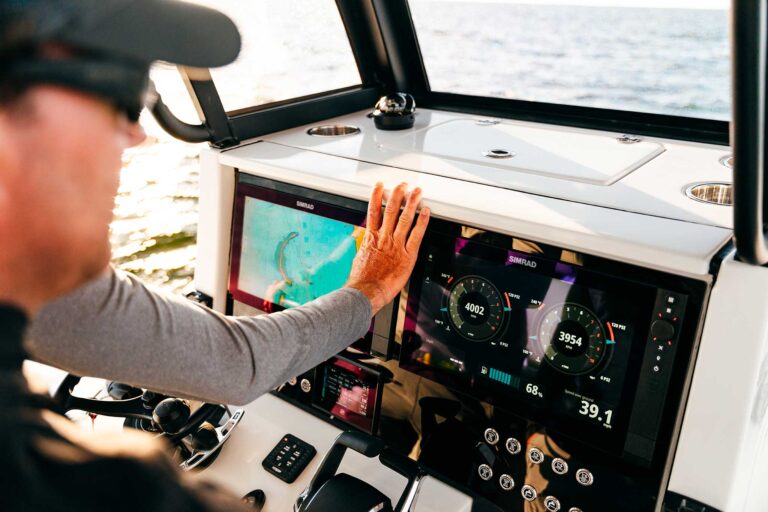
A slew of monitors, products connected to one another (the Internet of Things) and “smart” devices will be on display at the boat shows this fall, promising to make all of our boating lives better. The general idea is that we’ll be able to monitor everything and spot problems much sooner than in the past.
Dan Harper, CEO of Siren Marine, knows more about these products than most boat owners. Siren, which is based in Newport, Rhode Island, focuses on the type of connected technology that makes up the Internet of Things. Harper says there are three tiers of boat monitoring and control that boaters need to understand.
The first tier is the boat monitor: It’s a tried-and-true product for keeping an eye on critical parts of your boat (such as batteries, bilge pumps and the location of the vessel) and for receiving alerts if anything moves outside of predefined ranges. Some examples of this layer are Boat Command, FloatHub and Boat Fix’s monitor.
The next tier is connected boat products, or devices that build on the capabilities of the boat monitor. They add more systems to the mix, likely connecting to NMEA 2000, digital switching and other products aboard. Siren Marine’s MTC, GOST’s Apparition and Navico’s Naviop are all connected boat products.
The final tier is “smart” boat products, which take all of the information gathered in the previous layers and allow you or the system to take action based on that data. This last layer is just beginning to make it onto boats, through what’s known as the Internet of Things, connecting previously unconnected devices.
Now, for some practical examples. Let’s say your shore power connection failed, and as a result, your house batteries are no longer charging. A boat monitor would likely see your batteries decline below a threshold you’ve set, and would send you an email and a text message. A connected boat system would likely also be monitoring your shore power connection and let you know that it has failed, while tracking the charge on your house bank and alerting you again when the batteries get low. Meanwhile, a “smart” boat system would have all this information and the ability to do something about it. It could see that the shore power is out, the batteries are low and fuel tanks are full. It would start the generator to recharge the batteries before shutting back down and continuing to monitor.
Here’s an example that’s front of mind for me. My family and I are getting ready to leave our boat for six weeks or so while we head home to Chicago, Illinois. She will be looked after by the marina, but I am still concerned about returning to a petri dish of mold and mildew. I’ll make a guess at the best compromise of humidity and temperature control balanced against using as little power as possible. But, I have multiple temperature and humidity monitors connected to my NMEA 2000 network, and it would sure be nice to be able to use those readings to adjust my air conditioning settings automatically. A “smart” boat system with an NMEA 2000-connected air conditioning system could do just that.
Brunswick Corp.—the parent company of numerous boat brands including Sea Ray and Boston Whaler, and of engine maker Mercury Marine—is advertising Nautic-On as a welcome to “smart” boating. The system has leveraged Mercury’s SmartCraft protocol to monitor engines and report any issues. But, where other companies have built boat monitors and then added connected capabilities and smarts, Nautic-On skipped the connected tier. The brand has concentrated on batteries, bilge pumps and engines, partnering with boat builders to equip new boats and to alert dealers and builders when issues arise on board. Nautic-On aims to send marine service providers an automatic notification of issues on board, so that if you experience a problem over the weekend, they can be ready to fix it on Monday. I’ve tried the system on my own boat and think it’s ideal for new-boat installs.
Boat Fix is another company taking a slightly different approach. It offers a monitor for batteries, bilge pumps, location, engine hours and theft sensors—but, in this era of complete automation, keeps a human touch in the process. For critical alerts, the boat owner and designated contacts receive a phone call. The company also has mechanics available by phone 24/7 to assist in diagnosing and resolving issues. The company’s CEO, Alastair Crawford, says 63 percent of the calls to mechanics end with the problem resolved.
So, where is this all going? My (cracked) crystal ball suggests that we should expect the pace of advancement to accelerate in the coming years. We will have a lot more data with almost every major system on the boat connected, either via NMEA 2000 or by IP (internet protocol). Once these connections are made, we will move past monitoring and alerting to “smart” systems.
This article originally appeared in the August 2019 issue.










